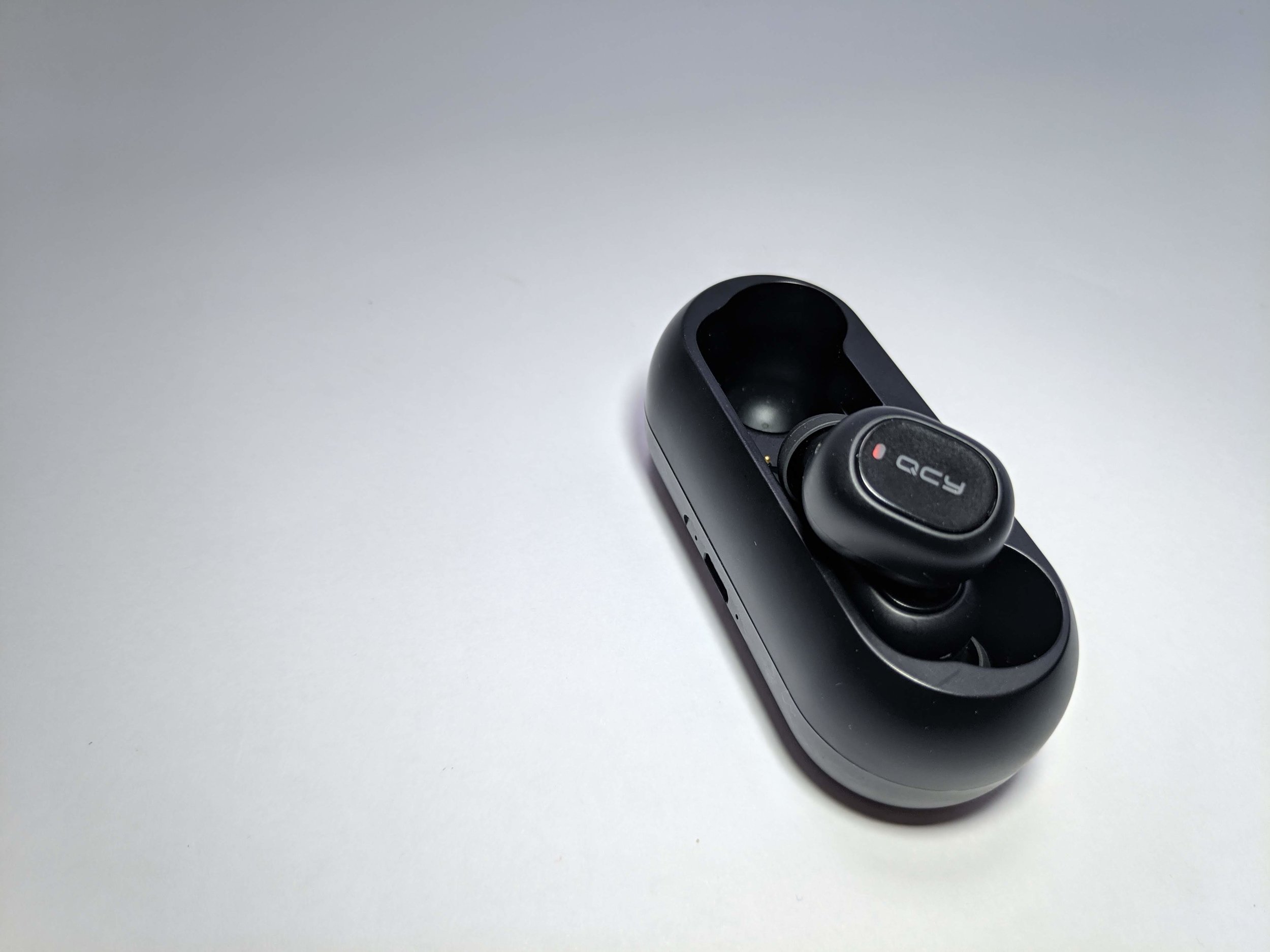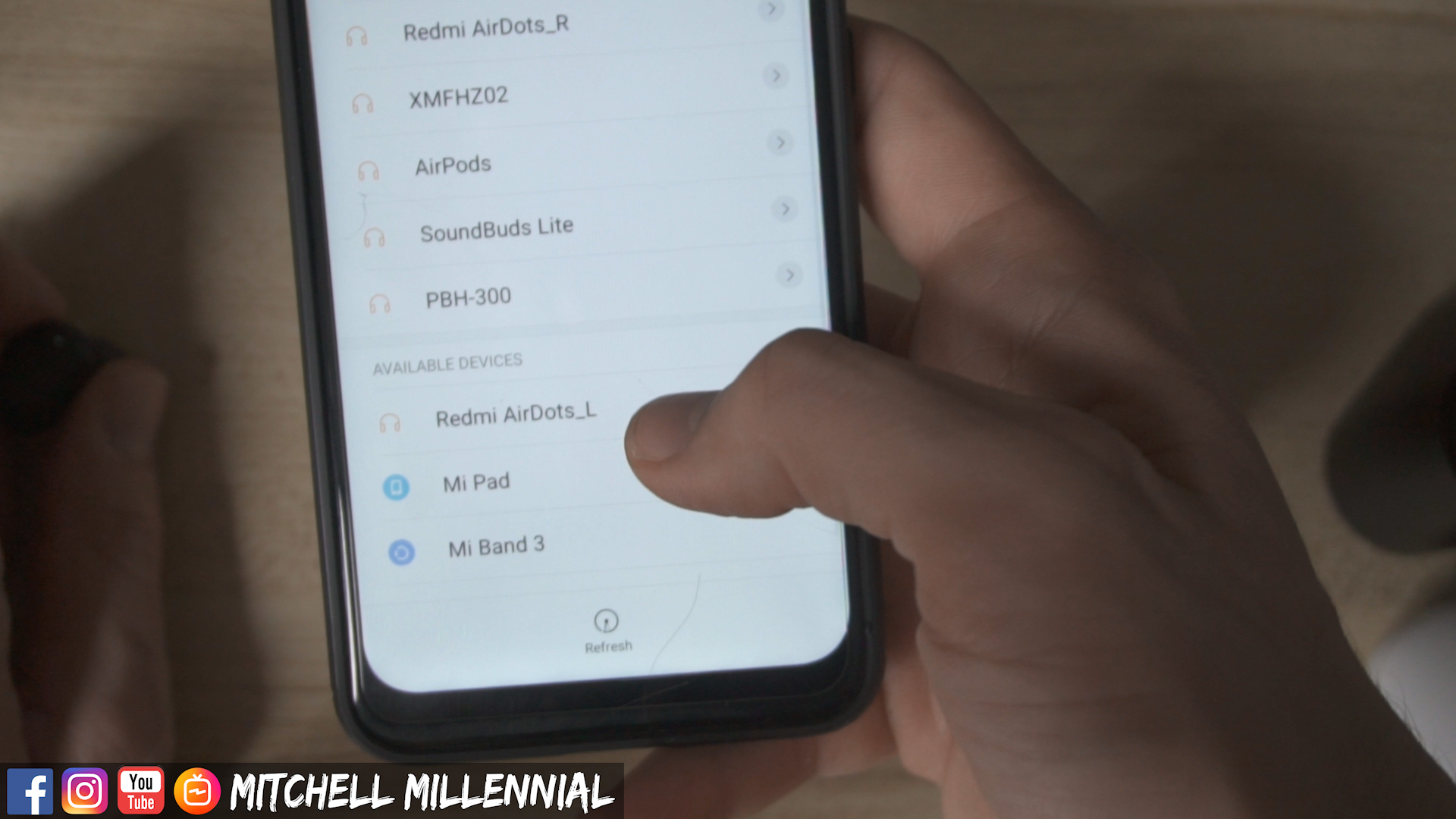Why India Is Stuck With the K20 Pro
/In our most recently article, we discussed the idea that with the recent launch of the MI9T, the world was bound to see a Pocophone F2. After diving deeper into this topic, we made a few discoveries that while supporting our previous theory, bring unfortunate news for those living in India.
As it turns out, the Redmi K20 and K20 Pro feature the B1, B3, B5, B39, B40, and B41 LTE bands. Much to our surprise, as Kimovil shows, these bands are not only perfect for the Chinese market, but also ideal for Indian LTE reception as well.
All of the Chines Bands work perfectly in India
This is not unusual for Redmi devices, as most of their smartphone entries feature bands that are a perfect match to both the Indian and Chinese devices. On the flip side, most of Xiaomi’s mainline phones receive designated Chinese and global versions instead. This is a special case however, as the Redmi K20 and K20 Pro are one of the first Redmi devices that have taken this long to reach India - adding more mystery to our Pocophone F2 theory.
Come to think of however, it was within the Pocophone brand itself that we found the answer. Back in 2018 when the Pocophone first launched, Xiaomi tackled the device specifically to the Indian market, a region where Xiaomi, despite having a presence, never found much flagship success in. In this sense, Xiaomi’s Pocophone brand settled itself as the company’s way of bringing the Xiaomi name to new markets outside of China, and since Xiaomi now is considered the second largest smartphone seller in India, Pocophone’s mission may be done.
Furthermore, it is important to understand that the Redmi K20 and K20 Pro are one of the first Redmi phones that can truly be considered “flagship killers”. This is an important detail as for devices to be sold cheaply in India, they must be produced locally. This may not have been a big issue when Redmi devices were so cheap, but now that the Redmi K20 And K20 Pro require an extra level of craft, issues with Xiaomi’s tooling and supply chain may explain its delay in the Indian market.
Redmi’s Indian productions are very small and limited in comparison to China’s
As if that wasn’t enough, China often serves as the ground base for testing Xiaomi and Redmi devices, ensuring that stability can be achieved prior to reaching other markets. With the K20 and K20 Pro, many Youtubers and journalists have voiced their opinions about the hardware capability coupled with software that is not yet truly optimal.
Thus, with all this information in mind, we believe it makes the most sense that the Pocophone F2 will be targeted to breach another market, and that for Xiaomi’s Indian fanbase, they will receive the Redmi K20 and K20 Pro as soon as manufacturing costs have been lowered and the software is truly finalised.
What are your thoughts on India receiving the K20 And K20 Pro? Let us know down below!
















